Home>Garden Essentials>When Is The Best Time To Plant Grass Seed In Ohio
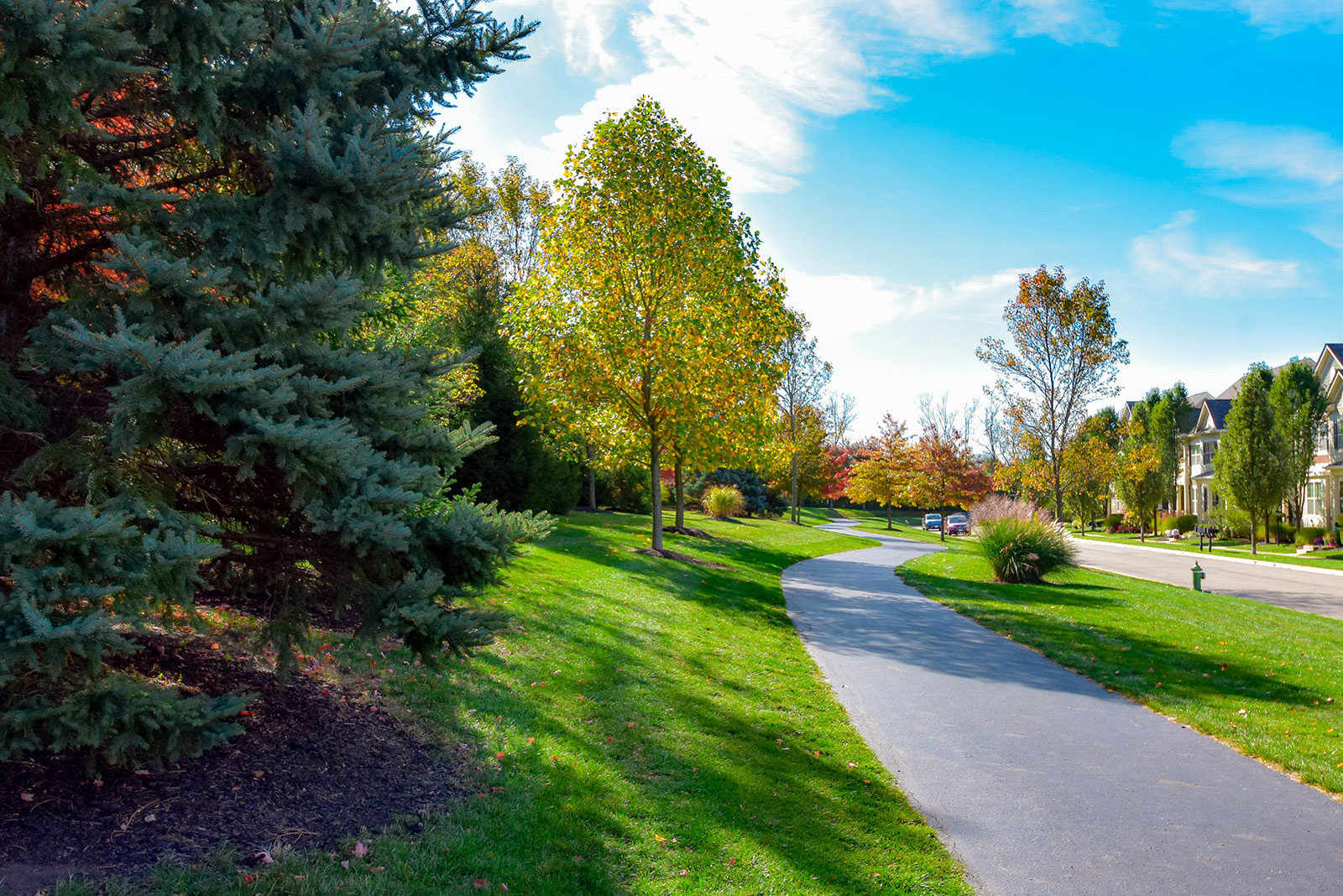

Garden Essentials
When Is The Best Time To Plant Grass Seed In Ohio
Modified: October 18, 2024
Discover the ideal time to plant grass seed in Ohio for a lush garden. Enhance your green space with our expert tips and maximize your garden's beauty.
(Many of the links in this article redirect to a specific reviewed product. Your purchase of these products through affiliate links helps to generate commission for Storables.com, at no extra cost. Learn more)
Introduction
Welcome to Ohio, the Buckeye State! If you’re a homeowner or a gardening enthusiast, you know that maintaining a beautiful and lush lawn is no easy feat. One of the key factors in achieving a healthy lawn is planting grass seed at the right time. But when exactly is the best time to plant grass seed in Ohio?
Well, the answer to that question depends on a variety of factors, including the climate, soil conditions, and the specific type of grass you want to grow. In this article, we will delve into these factors and provide you with valuable insights to help you determine the optimal time to sow your grass seed in Ohio.
Understanding the climate of Ohio is crucial in planning your lawn care activities. Ohio experiences a diverse climate, with a mix of humid continental and humid subtropical influences. Winters can be cold and snowy, while summers are typically warm and humid. This variation in climate means that the timing of grass seed planting needs to be carefully considered.
Before you start planting grass seed, it’s important to assess a few key factors that can impact the success of your lawn. These factors include the type of grass you plan to grow, the condition of your soil, and the level of sunlight your lawn receives.
The type of grass you choose is essential because different grass varieties have different growth patterns and requirements. Common grass types in Ohio include Kentucky bluegrass, fine fescue, tall fescue, and perennial ryegrass. Each of these grasses thrives under different conditions and has different tolerance levels for factors such as shade and foot traffic.
Next, consider the condition of your soil. Is it compacted or well-drained? Does it have the necessary nutrients for healthy grass growth? Conducting a soil test will provide you with valuable insights into the pH level, nutrient content, and organic matter in your soil. It will also help you determine if any amendments are required before planting grass seed.
Finally, assess the amount of sunlight your lawn receives. Some grass varieties require full sun, while others can tolerate partial or even full shade. Knowing the sunlight conditions in your yard will help you select the right grass variety and determine the best time for planting.
In the next section, we will delve into the best time to plant grass seed in Ohio, whether it’s in the spring or fall. Stay tuned for actionable tips and recommendations to help you achieve the lush, green lawn of your dreams!
Key Takeaways:
- The best time to plant grass seed in Ohio is in the spring or fall. Spring planting allows for establishment before summer, while fall planting takes advantage of warm soil and increased rainfall for strong root development.
- Before planting grass seed, consider factors like grass type, soil condition, and sunlight. Proper irrigation, soil preparation, and ongoing maintenance are crucial for a healthy and vibrant lawn in Ohio.
Read more: When To Plant Sunflower Seeds In Ohio
Understanding the Ohio climate
Ohio is a state that experiences a diverse climate, influenced by both humid continental and humid subtropical factors. This means that the weather patterns can vary significantly throughout the year, making it important to understand the climate in order to effectively plan your lawn care activities.
Winters in Ohio are generally cold, with temperatures often dropping below freezing. Snowfall is common, particularly in the northern parts of the state, making it challenging for grass to thrive during this time. The cold temperatures and frost can cause the ground to become hard and compacted, making it difficult for grass seed to establish root systems.
Summers in Ohio can be hot and humid, with temperatures reaching into the 90s Fahrenheit (30s Celsius) in some areas. The combination of heat and humidity can lead to increased evaporation, necessitating more frequent watering to ensure that newly planted grass seed gets the moisture it needs to germinate and grow.
Spring and fall are transitional seasons in Ohio, characterized by milder temperatures and moderate rainfall. These seasons often provide optimal conditions for grass seed establishment and growth. However, it’s important to note that the timing of these seasons can vary from year to year, so it’s essential to monitor weather patterns and adjust your planting schedule accordingly.
Understanding the climate of Ohio is critical when determining the best time to plant grass seed. It’s important to consider the specific weather conditions and temperature fluctuations that occur in your particular region of the state. This will help you choose the most suitable grass varieties and plan your planting schedule to maximize the chances of success.
In the next section, we will explore the key factors to consider before planting grass seed in Ohio, including the type of grass, soil conditions, and sunlight requirements. By taking these factors into account, you can create the ideal environment for your grass to flourish and create a vibrant and healthy lawn.
Factors to consider before planting grass seed
Before you embark on your lawn planting journey, there are several important factors that you need to consider. Taking these factors into account will help set the stage for successful grass seed germination and growth. Let’s dive into each of these factors in detail:
Type of grass: The type of grass you choose to plant will determine its growth habits, maintenance needs, and overall success in your specific location. Ohio offers a variety of grass types suitable for the climate, including Kentucky bluegrass, fine fescue, tall fescue, and perennial ryegrass. Research each grass type’s characteristics, such as shade tolerance, drought resistance, and foot traffic tolerance, to ensure you select the best fit for your lawn’s needs.
Soil conditions: The health and quality of your soil have a direct impact on your grass’s ability to grow and thrive. Conduct a soil test to determine its pH level, nutrient content, and overall composition. Understanding your soil’s characteristics will help you identify necessary amendments, such as adding compost or adjusting the pH level, to create a favorable environment for grass seed establishment.
Sunlight requirements: Assess the amount of sunlight your lawn receives throughout the day. Different grass species have varying degrees of shade tolerance, and planting shade-intolerant grass in a heavily shaded area can lead to poor growth and thin patches. Choose grass varieties that match the sunlight conditions of your lawn, whether it’s full sun, partial shade, or full shade.
Drainage: Good drainage is essential for healthy grass growth. Excessive waterlogged soil can lead to root rot and other diseases. Evaluate your lawn’s drainage capabilities by observing how quickly water is absorbed and drained after rainfall. Make any necessary improvements to ensure proper water flow, such as adding topsoil or creating drainage channels.
Weed control: Before planting grass seed, it’s crucial to control the existing weed population in your lawn. Weeds compete with grass for nutrients, water, and sunlight, hindering its growth. Remove any visible weeds and consider applying a pre-emergent herbicide to prevent weed seeds from germinating alongside your newly planted grass seed.
Timing: Choosing the right time to plant grass seed can significantly impact its success. Factors such as temperature and soil conditions play a vital role in seed germination. The next sections will delve into the optimal times for grass seed planting in Ohio.
By considering these factors before planting grass seed, you can create the ideal environment for your lawn to thrive. Take the time to assess your lawn’s conditions and choose the most suitable grass type for your needs. With proper preparation, you’ll be well on your way to a lush and vibrant lawn.
Best time to plant grass seed in Ohio
Choosing the right time to plant grass seed in Ohio is crucial for achieving successful germination and establishment of a healthy lawn. The two optimal times for planting grass seed in Ohio are in the spring and fall. Let’s take a closer look at these seasons:
Spring planting: Spring is an excellent time to plant grass seed in Ohio, particularly from mid-April to mid-May. As the winter frost recedes and temperatures start to rise, the soil begins to warm up, creating favorable conditions for seed germination. Spring planting allows the grass seed to establish itself before the onset of the hot summer months. However, it’s important to note that spring weather in Ohio can be unpredictable, with temperature fluctuations and occasional late frosts. Monitor the weather forecasts and ensure that soil temperatures are consistently above 50 degrees Fahrenheit (10 degrees Celsius) before planting.
Fall planting: Fall is considered by many experts to be the best time to plant grass seed in Ohio. The period from mid-August to mid-September is ideal for establishing a strong and healthy lawn. The soil is still warm from the summer months, providing excellent conditions for seed germination. In addition, the cooler temperatures and increased rainfall in the fall help the grass seedlings to grow strong root systems before the dormant winter period. The cooler temperatures also reduce the risk of heat stress on newly planted grass. Fall planting in Ohio gives the grass seed ample time to establish and develop before the following spring, resulting in a lush and thick lawn come the next growing season.
While spring and fall are the optimal seasons for grass seed planting in Ohio, it’s important to be flexible and adjust your timing based on the specific weather conditions in your region. Keep an eye on the local weather forecasts, soil temperatures, and any unexpected fluctuations that may impact seed germination and growth.
Other factors such as the specific grass type you choose and your lawn’s individual characteristics should also be taken into consideration when determining the best time to plant grass seed. Certain grass varieties, like Kentucky bluegrass, are best planted in the fall, while others, such as fine fescue, can be planted in both spring and fall.
Overall, whether you choose to plant in the spring or fall, proper preparation and care are essential for successful grass seed germination and growth. Adequate watering, regular mowing, and proper fertilization throughout the growing season will ensure a lush and healthy lawn.
Take the time to analyze your lawn’s conditions, assess the best time for planting, and select the appropriate grass variety for your needs. With patience and dedication, you’ll soon be rewarded with a beautiful and vibrant lawn that enhances the beauty of your Ohio landscape.
The best time to plant grass seed in Ohio is in the late summer or early fall, between mid-August and mid-September. This allows the seeds to establish before winter and gives them a head start for the following spring.
Spring planting
Spring is a time of renewal and growth, and it’s also an excellent season for planting grass seed in Ohio. The period from mid-April to mid-May is generally considered the best time for spring planting, as the weather begins to warm up, and the soil temperatures become favorable for seed germination.
When planning your spring grass seed planting, it’s important to wait until the soil has thawed and dried out enough to be workable. This will ensure that the seed has a good chance of establishing roots and thriving in the coming months. If the soil is too wet or compacted, it can hinder the germination process and prevent the seedlings from taking root.
Before you begin, it’s essential to prepare the soil properly. Start by removing any existing vegetation or weeds from the area where you plan to plant the grass seed. This can be done by hand or by using a herbicide to control the unwanted growth. Once the area is clear, you can loosen the soil using a garden fork or a tiller. This will create a loose and receptive bed for the grass seed.
Once the soil preparation is complete, it’s time to spread the grass seed evenly over the area. Use a seed spreader or broadcast the seed by hand, making sure to cover the entire area with a thin and uniform layer. It’s important not to oversow the seed, as overcrowding can lead to competition for resources and poor growth.
After the grass seed has been spread, lightly rake the soil to ensure good seed-to-soil contact. This will help the seedlings to establish roots more easily and promote healthy growth. The goal is for the seed to be covered by a thin layer of soil, which will protect it from drying out and provide a fertile environment for germination.
One crucial aspect of spring planting is consistent and adequate watering. The newly planted grass seed needs to be kept moist to encourage germination and the growth of healthy, strong roots. Water the seeded area lightly and frequently, making sure not to wash away the seed. Aim for a light misting multiple times a day, especially during dry spells or warm weather. Once the seedlings have established, gradually reduce the frequency of watering and transition to a deeper, less frequent watering regimen.
It’s important to monitor the weather during the spring season. Ohio’s weather can be unpredictable, with temperature fluctuations and occasional late frosts. If a late frost is forecasted, cover the newly seeded area with a frost blanket or burlap to protect the seedlings.
Maintaining proper mowing and fertilization practices are also crucial during the spring season. Once the grass reaches a height of around 3 inches, it’s time to mow it for the first time. Set your lawn mower to a higher height to avoid cutting the grass too short, as this can stress the seedlings. Additionally, apply a slow-release fertilizer according to the recommended dosage to provide the young grass with the necessary nutrients for healthy growth.
By following these steps and providing the right care, your spring-planted grass seed in Ohio has the potential to establish strong roots and flourish throughout the summer months. A well-maintained and healthy lawn will enhance the beauty of your outdoor space and provide a lush area for relaxation and enjoyment.
Read more: When To Plant Grass In Northeast Ohio
Fall planting
Fall is widely recognized as the best time to plant grass seed in Ohio. The period from mid-August to mid-September is optimal for fall planting, as the soil is still warm from the summer months, creating favorable conditions for seed germination and establishment.
When planning your fall grass seed planting, it’s important to ensure that you plant early enough to allow the grass seed to establish before the onset of colder temperatures. This will give the seedlings ample time to develop strong root systems and prepare for the dormant winter period.
Before you begin planting, it’s crucial to prepare the soil properly. Remove any existing vegetation or weeds from the area using a hand or mechanical tool. Clearing away any obstructions will provide a clean slate for the grass seed to take root without competition from unwanted plants.
Once the area is cleared, loosen the soil using a garden fork or tiller. This will create a loose and receptive bed for the grass seed. It’s also a good opportunity to incorporate organic matter, such as compost or peat moss, into the soil to improve its structure and provide essential nutrients for the growing grass.
Now it’s time to spread the grass seed evenly over the prepared soil. Use a seed spreader or distribute the seed by hand, ensuring that you cover the entire area with a thin and uniform layer of seed. It’s important not to oversow the seed, as overcrowding can lead to competition for resources and poor growth.
After spreading the grass seed, lightly rake the soil to ensure good seed-to-soil contact. This will help the seedlings establish roots more easily and promote healthy growth. The goal is to have the seed covered with a thin layer of soil, which will protect it from drying out and create a fertile environment for germination.
Once the grass seed is planted, it’s crucial to keep the soil consistently moist. Fall typically brings more rainfall, but it’s important to monitor the weather and supplement with watering if needed. The soil should be kept moist but not waterlogged. Overwatering can drown the seedlings and hinder their development.
Fall planting benefits from the milder temperatures of autumn, as they create an ideal environment for grass seed germination and growth. The cooler weather reduces the risk of heat stress on the newly planted seedlings. Additionally, the increased rainfall during the fall season helps provide adequate moisture for the grass seed to thrive.
Regular mowing and fertilization continue to be important during the fall season. Once the grass reaches a height of around 3 inches, it’s time to mow for the first time. Set your lawn mower to a higher height to avoid cutting the grass too short. During the fall, it’s also advisable to apply a slow-release fertilizer to provide the lawn with essential nutrients for growth and winter hardiness.
By following these steps and providing proper care, your fall-planted grass seed in Ohio has the potential to establish deep roots and develop a strong, healthy lawn. The grass seedlings will have a head start on growth in the following spring, resulting in a lush and vibrant lawn that will be the envy of the neighborhood.
Other factors to consider
While timing is essential when it comes to planting grass seed in Ohio, there are other factors to consider that can greatly impact the success of your lawn. These factors include irrigation, soil preparation, and ongoing maintenance:
Irrigation: Adequate irrigation is crucial for the germination and establishment of grass seed. Whether you are planting in the spring or fall, it’s important to ensure that the newly planted seed receives sufficient moisture. Water the seeded area lightly and frequently, making sure not to wash away the seed. As the grass begins to grow, transition to a deeper, less frequent watering schedule, allowing the roots to develop and reach deeper into the soil. Monitor rainfall and adjust your irrigation accordingly to ensure your lawn receives the appropriate amount of water.
Soil preparation: Proper soil preparation is key to creating an optimal environment for grass seed germination and growth. Before planting, assess the soil’s condition and make any necessary amendments. Loosen compacted soil to improve aeration and drainage. Conduct a soil test to determine its pH level and nutrient content. If needed, adjust the pH level and add organic matter or fertilizers to provide the necessary nutrients for healthy grass growth. Taking the time to properly prepare the soil will greatly improve the chances of success for your grass seed.
Maintenance: Once your grass seed has germinated and established, ongoing maintenance is crucial to keep your lawn healthy and vibrant. This includes proper mowing, fertilization, and weed control. Set your lawn mower at the appropriate height to avoid cutting the grass too short, which can stress the plants and weaken their ability to compete against weeds. Regularly fertilize your lawn with a slow-release fertilizer to provide essential nutrients for growth and development. Stay vigilant with weed control, removing any unwanted plants that may compete with the grass. Regular maintenance practices will help your lawn reach its full potential.
Environmental conditions: Be aware of the environmental conditions that can affect your lawn. Ohio experiences a range of weather patterns, from hot and humid summers to cold and snowy winters. Take appropriate steps to protect your lawn from extreme conditions. For instance, during the hot summer months, avoid mowing grass too short, as it can stress the plants. In winter, avoid walking on frozen or snowy grass, as this can cause damage. Being mindful of the environment and adjusting your lawn care practices accordingly will help your lawn thrive year-round.
By considering these factors, you can create an optimal environment for your grass seed to flourish. Remember to provide proper irrigation, prepare the soil adequately, and maintain your lawn regularly. Taking these additional steps will significantly increase the chances of establishing a healthy and beautiful lawn that you can enjoy for years to come.
Conclusion
Planting grass seed in Ohio requires careful consideration of various factors, including the climate, soil conditions, and the specific needs of the grass variety you choose to grow. By understanding these factors and planning accordingly, you can ensure the success of your lawn and create a beautiful, lush landscape.
Timing is crucial when it comes to planting grass seed in Ohio. Spring and fall are the optimal seasons for seeding, as they provide the right combination of temperature, soil conditions, and moisture for successful germination and growth. Spring planting allows the seedlings to establish before the hot summer months, while fall planting takes advantage of the warm soil and increased rainfall to develop strong roots before winter dormancy.
Before planting, it’s important to consider other factors that can influence the success of your lawn. Proper irrigation, soil preparation, and ongoing maintenance are essential for healthy grass growth. Providing sufficient water during the germination period, preparing the soil through proper amendments and loosening, and regular mowing, fertilization, and weed control will help your lawn reach its full potential.
Being mindful of the environmental conditions in Ohio, such as temperature fluctuations and seasonal weather patterns, will further aid in maintaining a healthy lawn. Adjusting your maintenance practices based on the specific needs of your lawn and taking steps to protect it from extreme conditions will promote long-term success.
In conclusion, the best time to plant grass seed in Ohio depends on various factors. Spring and fall are the optimal seasons, but the specific timing may vary depending on the particularities of your region. By considering the climate, soil conditions, and other factors mentioned in this article, you can make informed decisions and create the ideal conditions for your grass seed to germinate, establish roots, and flourish into a vibrant and lush lawn.
Remember, the journey to a beautiful lawn takes time and dedication. With proper planning, preparation, and ongoing maintenance, your Ohio lawn will be the envy of the neighborhood, providing a stunning backdrop for outdoor activities and increasing the curb appeal of your home.
Frequently Asked Questions about When Is The Best Time To Plant Grass Seed In Ohio
Was this page helpful?
At Storables.com, we guarantee accurate and reliable information. Our content, validated by Expert Board Contributors, is crafted following stringent Editorial Policies. We're committed to providing you with well-researched, expert-backed insights for all your informational needs.

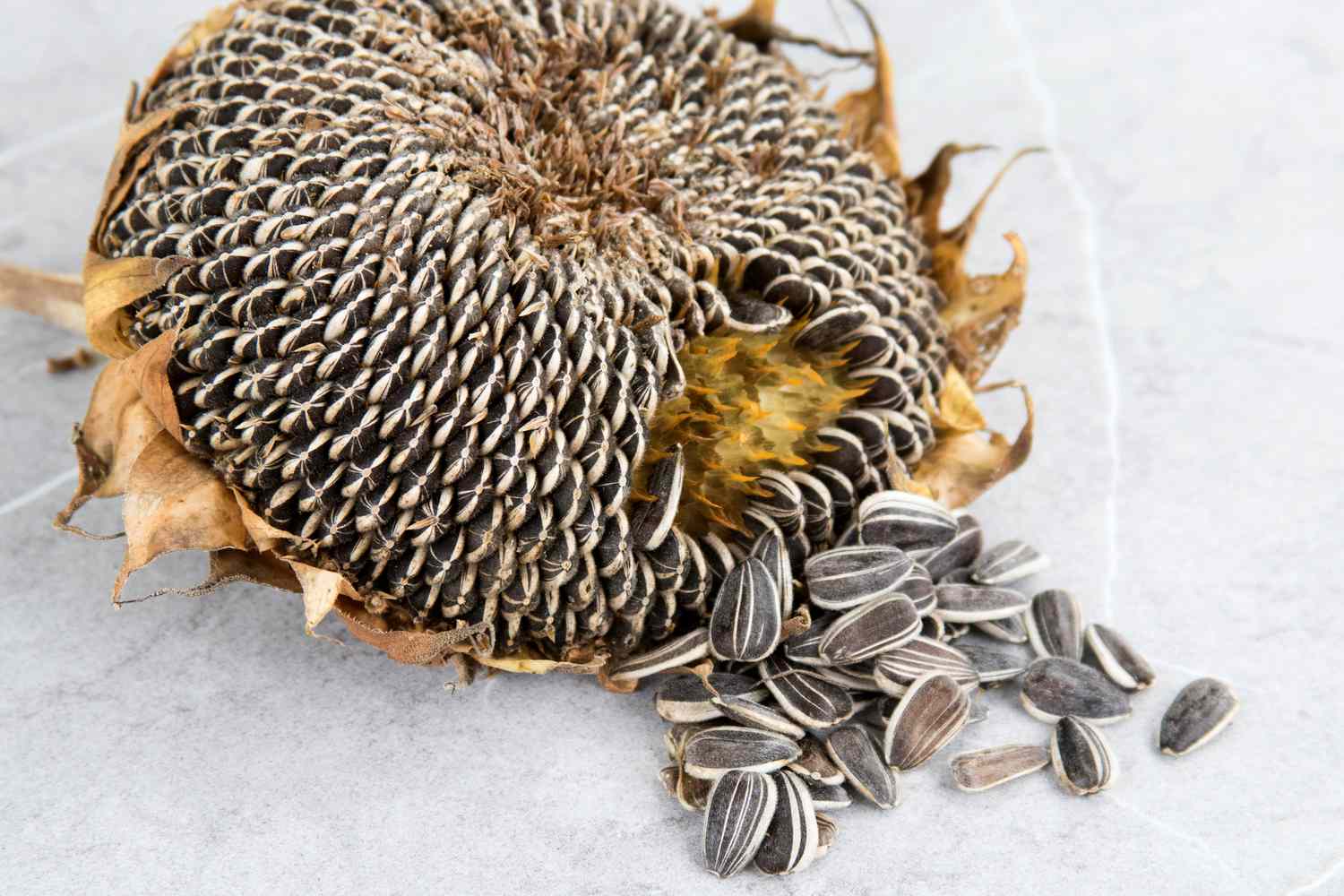
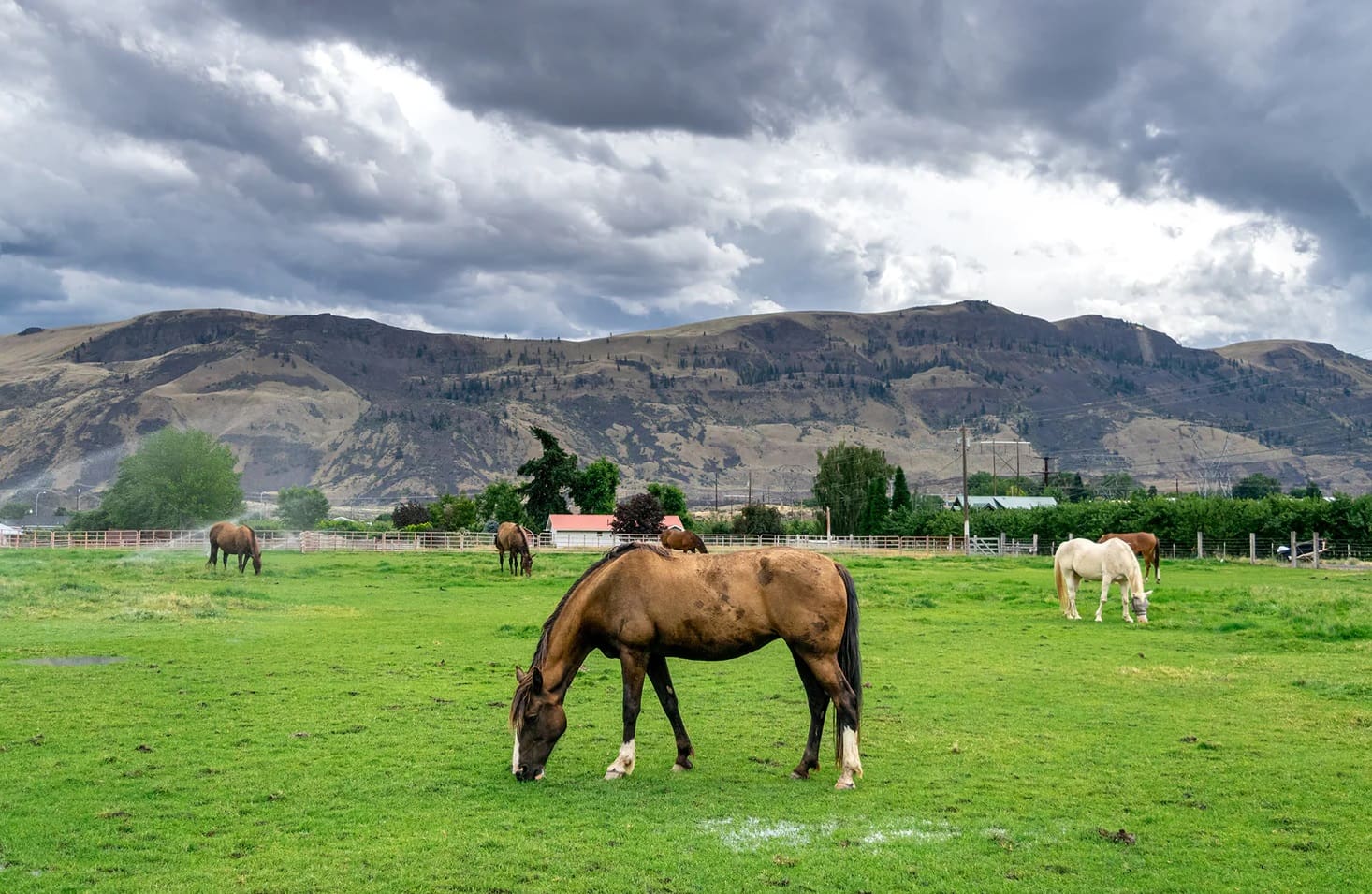
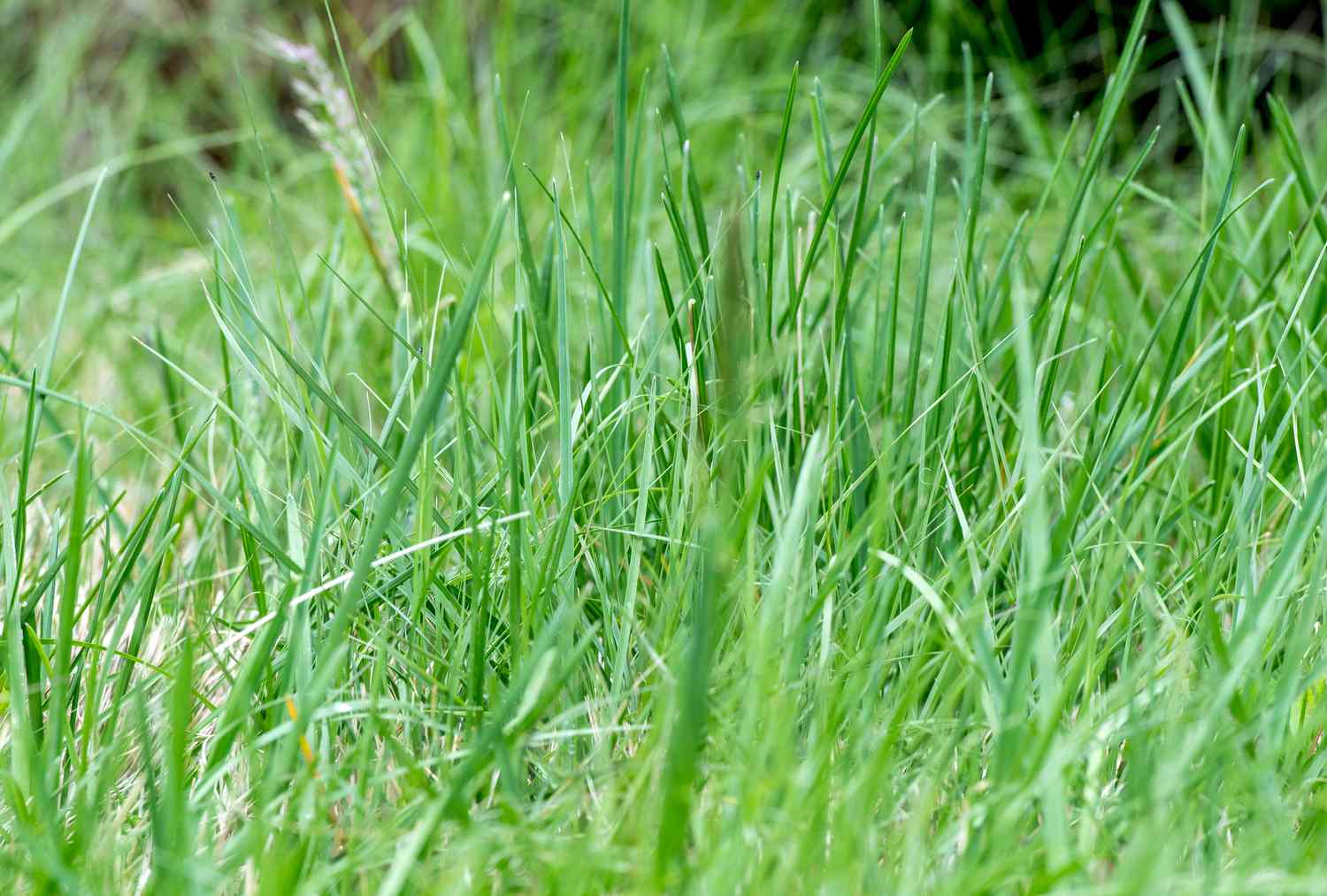
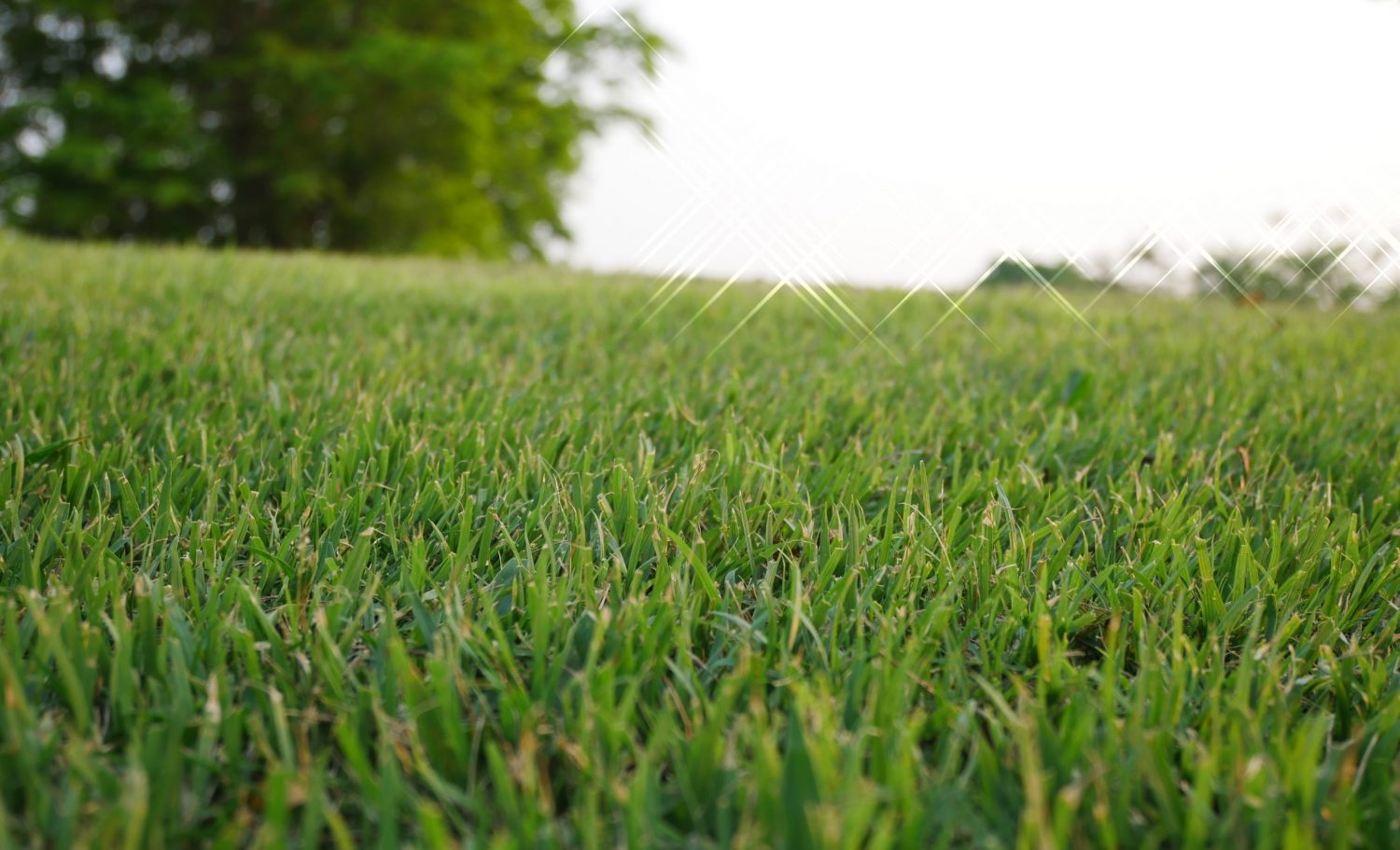
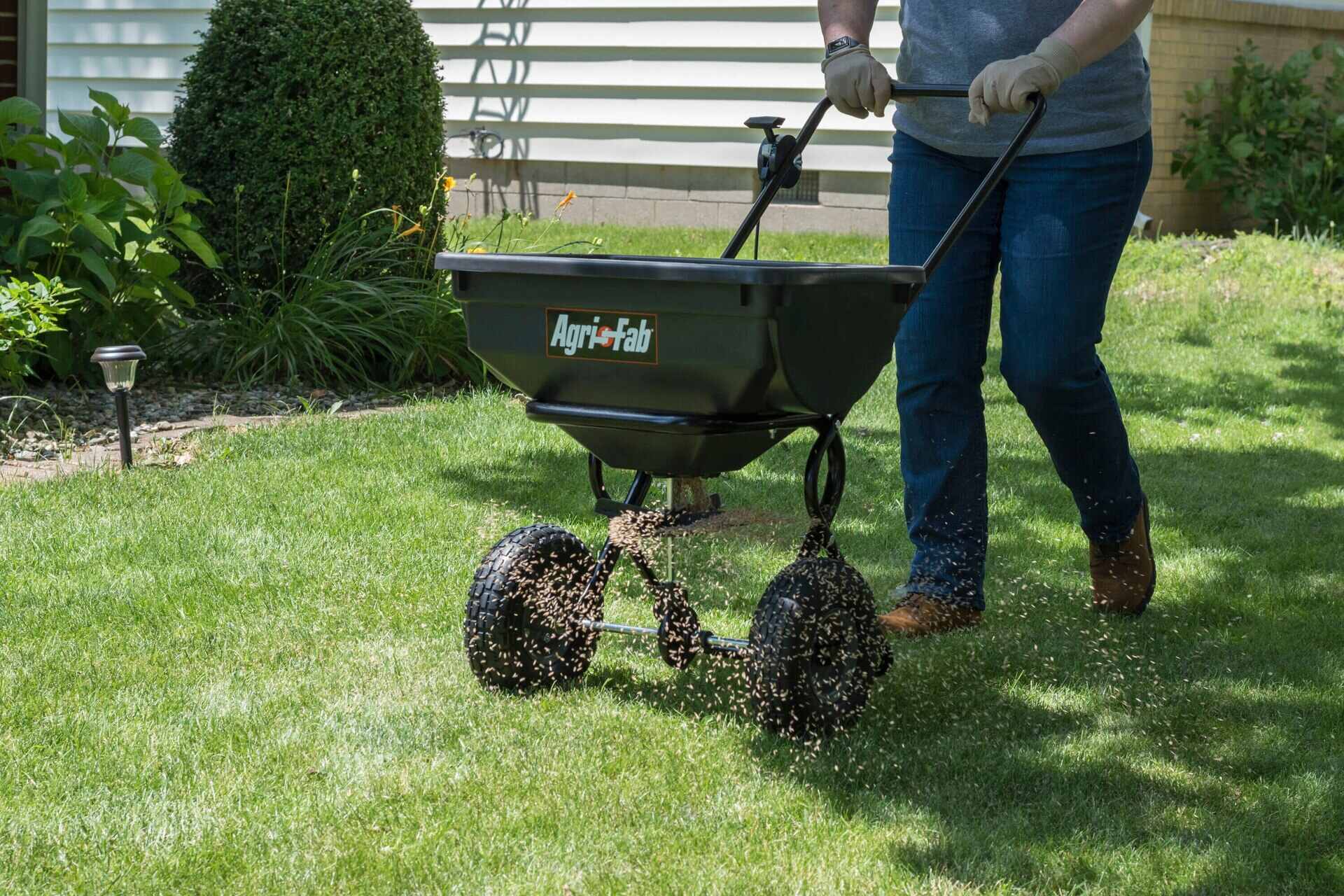
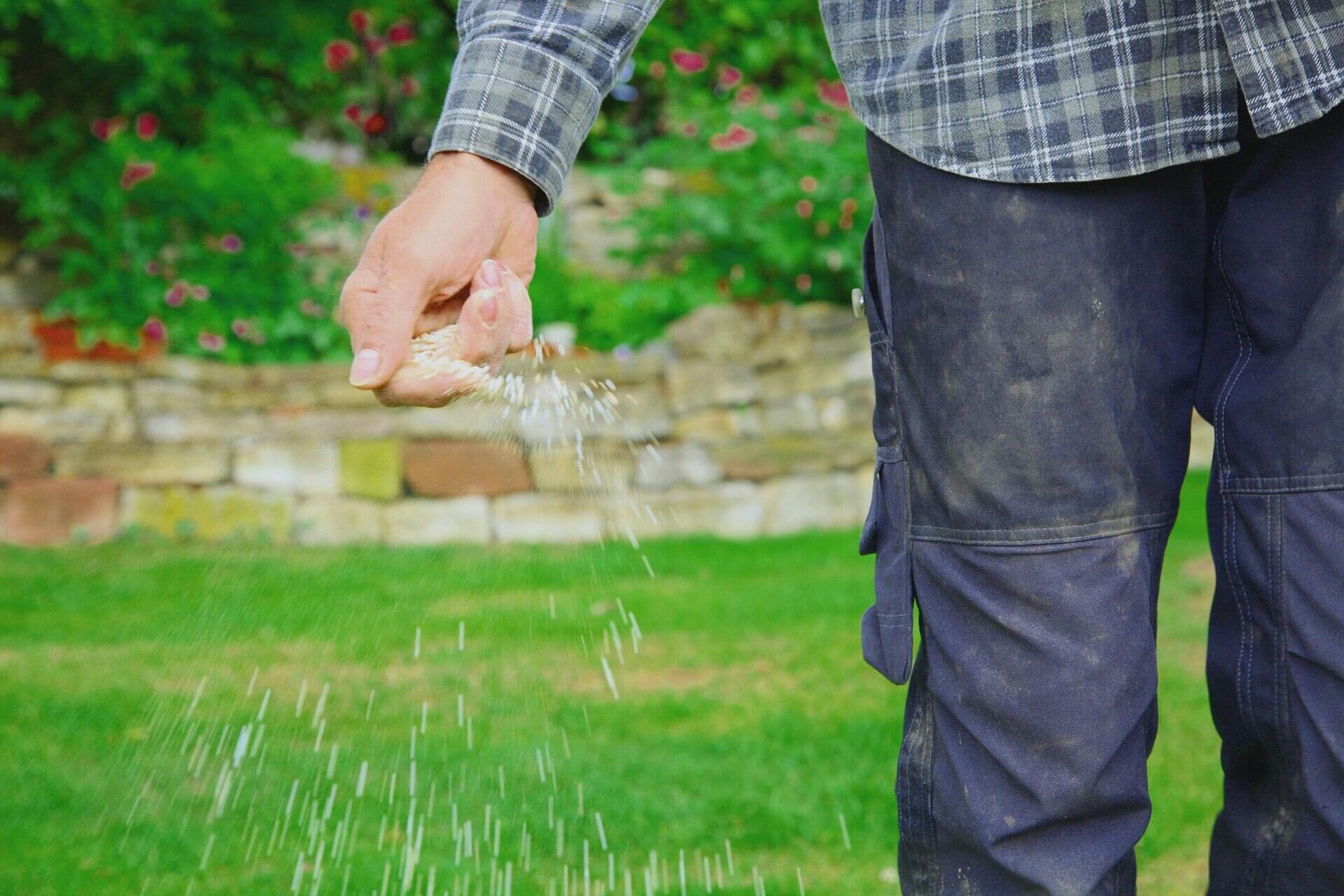
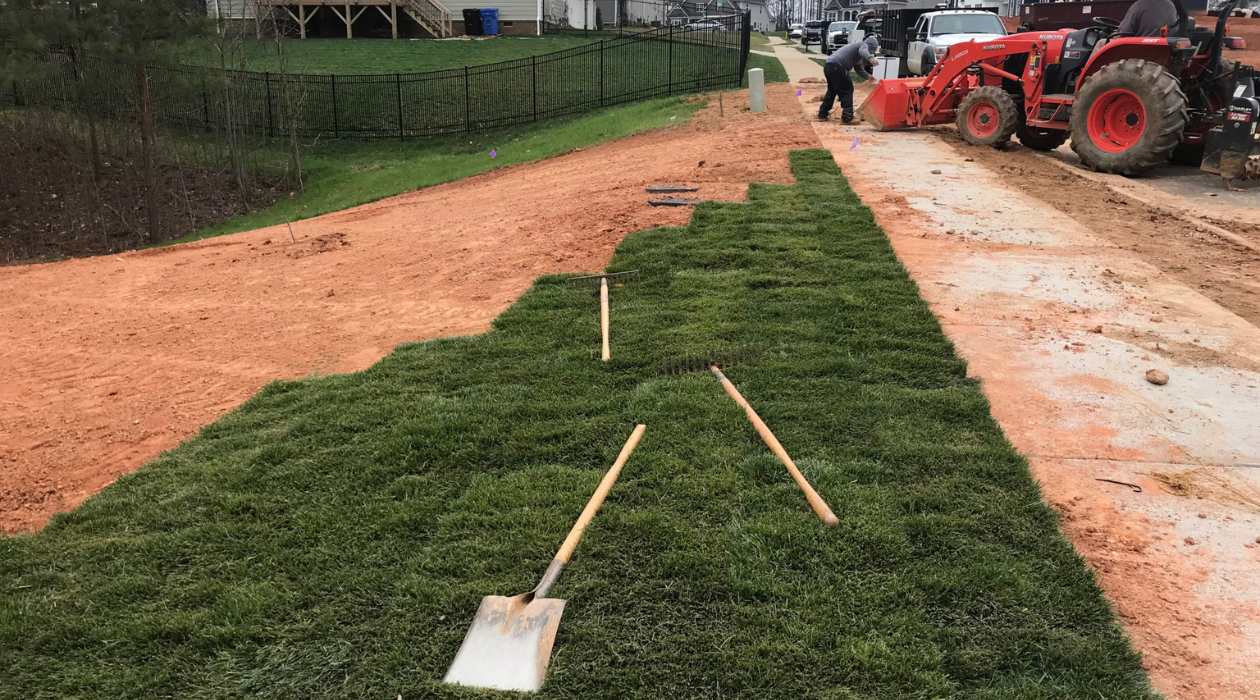
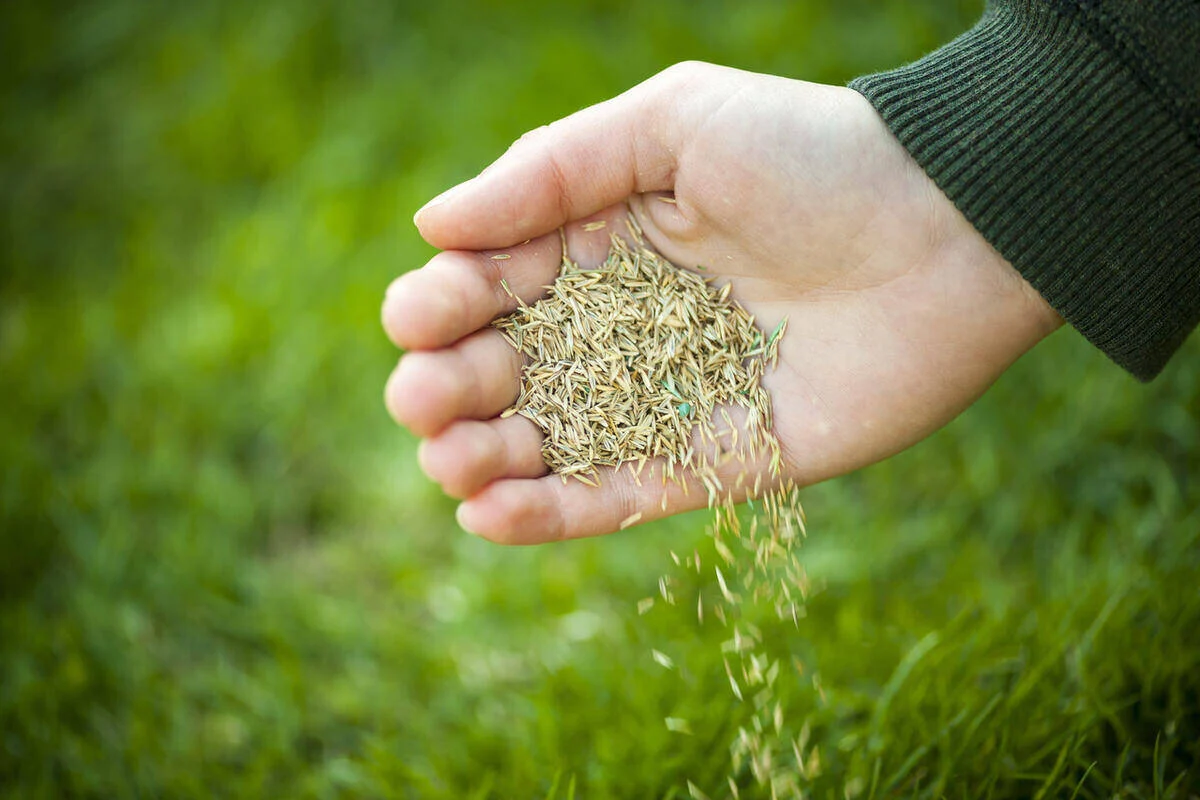
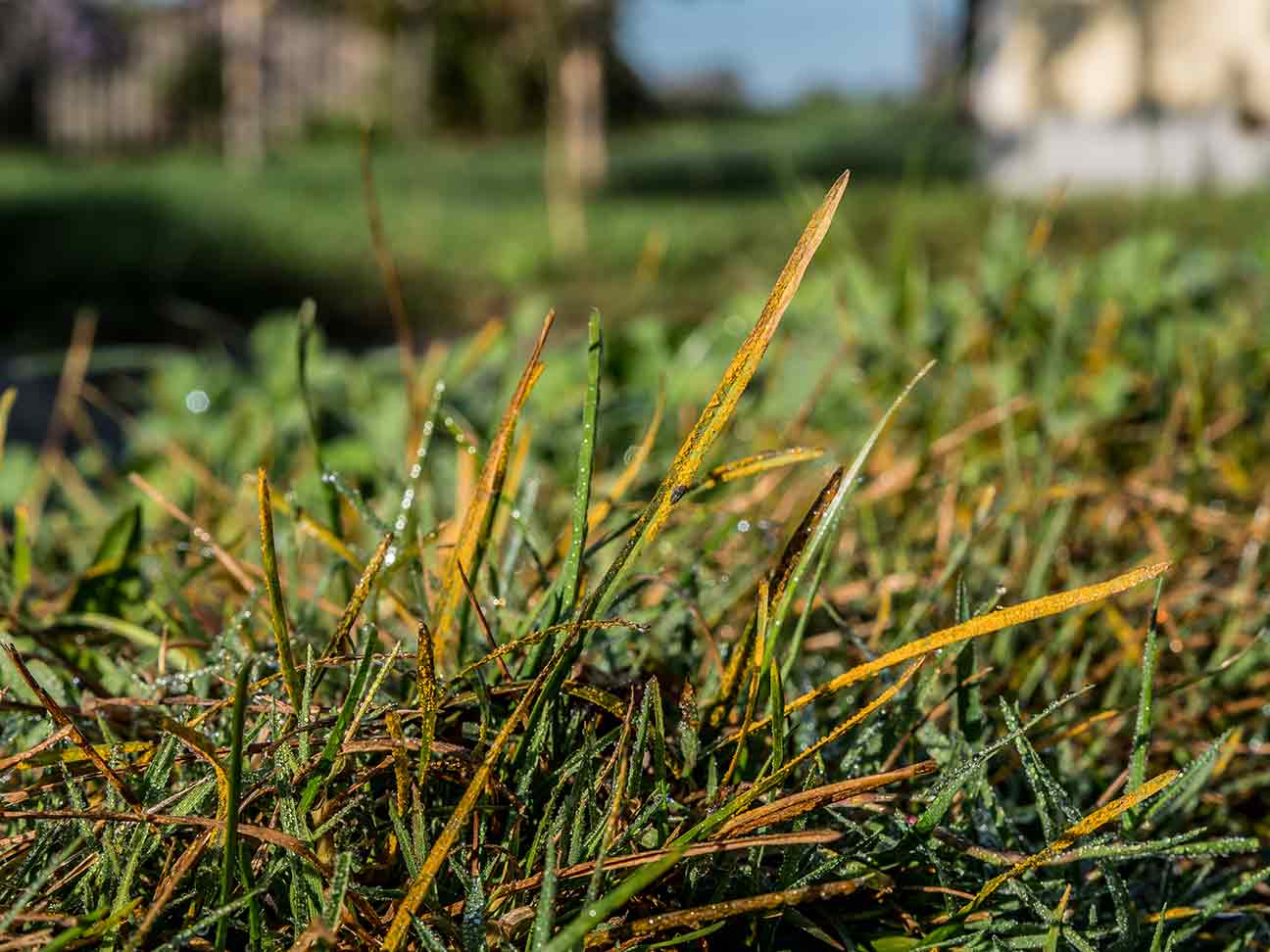
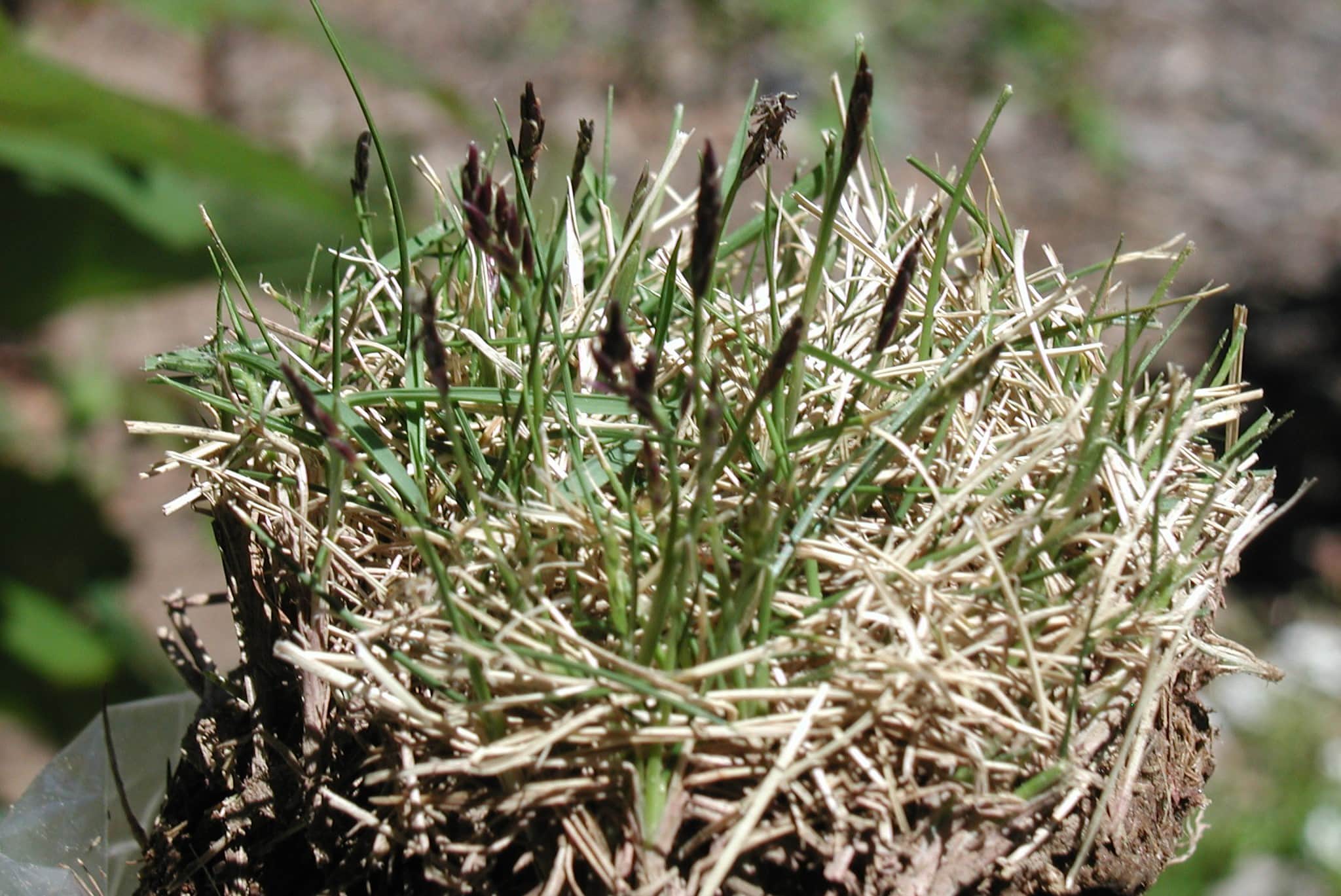
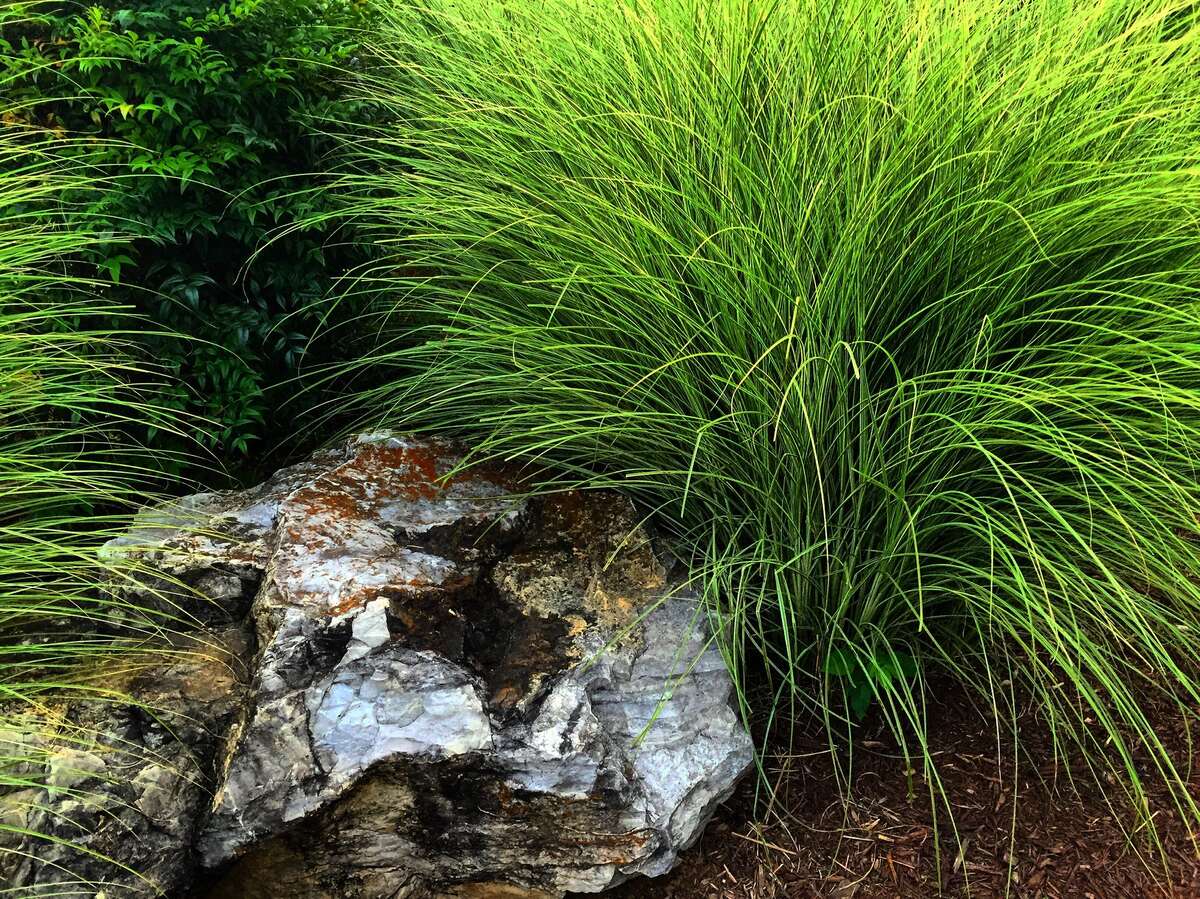
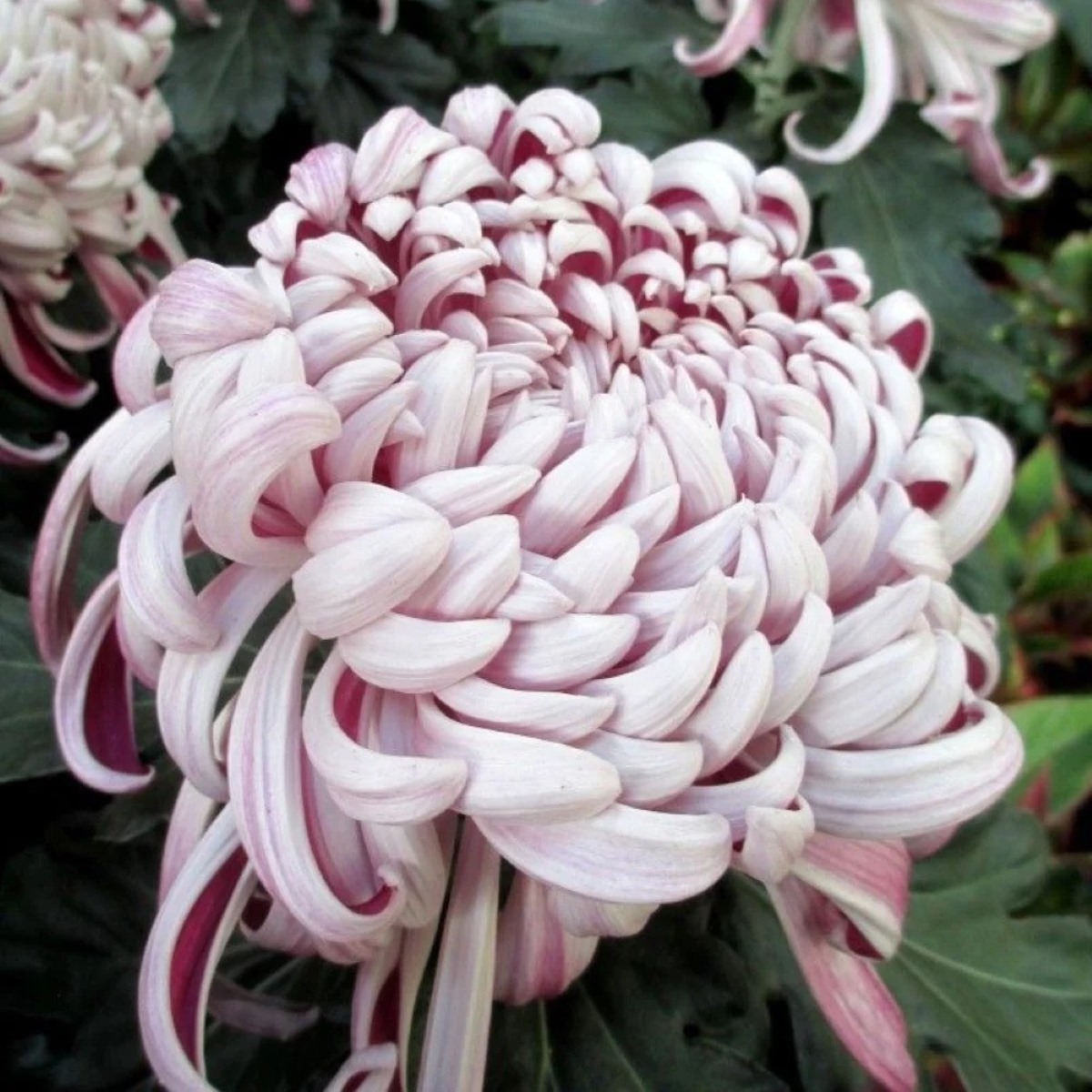


0 thoughts on “When Is The Best Time To Plant Grass Seed In Ohio”